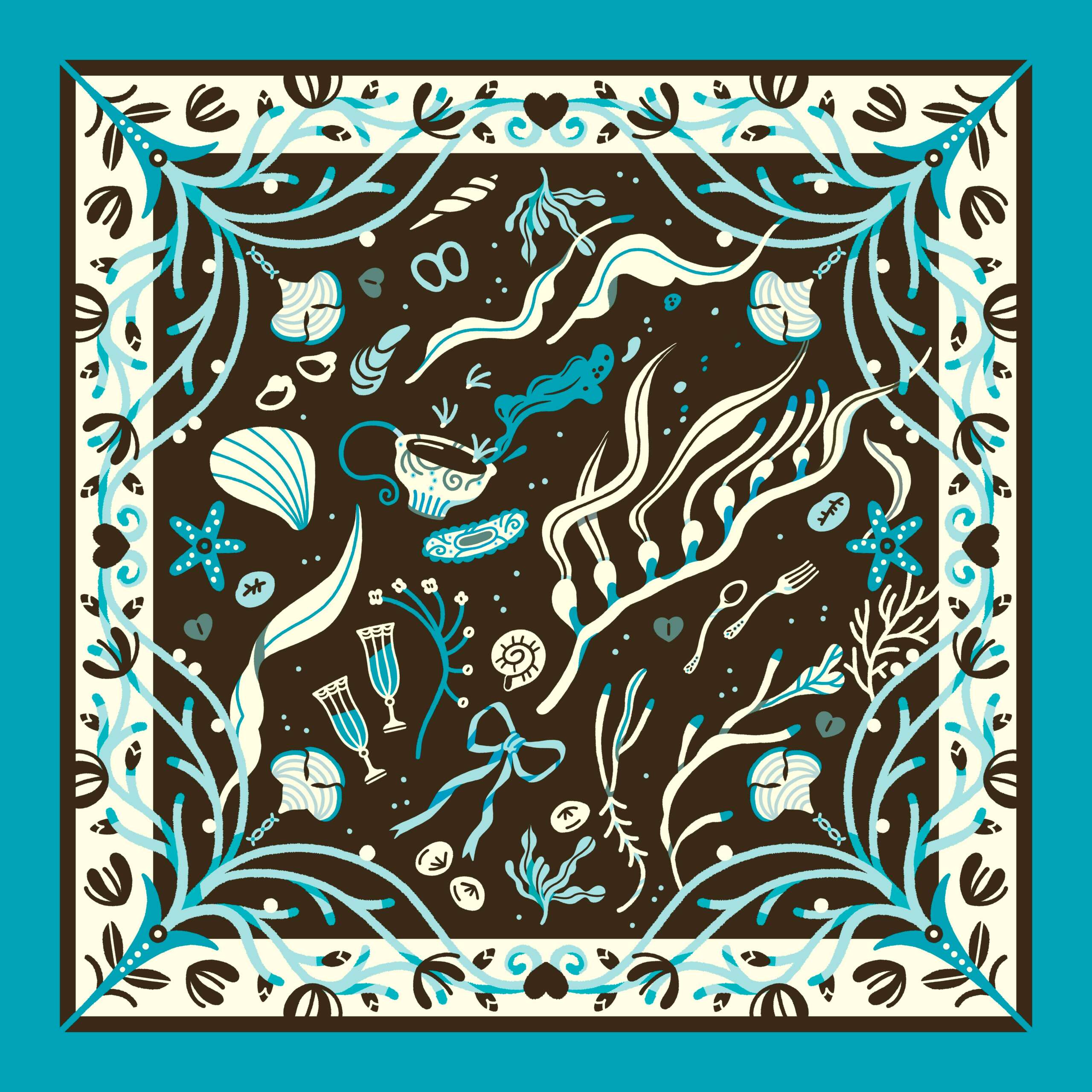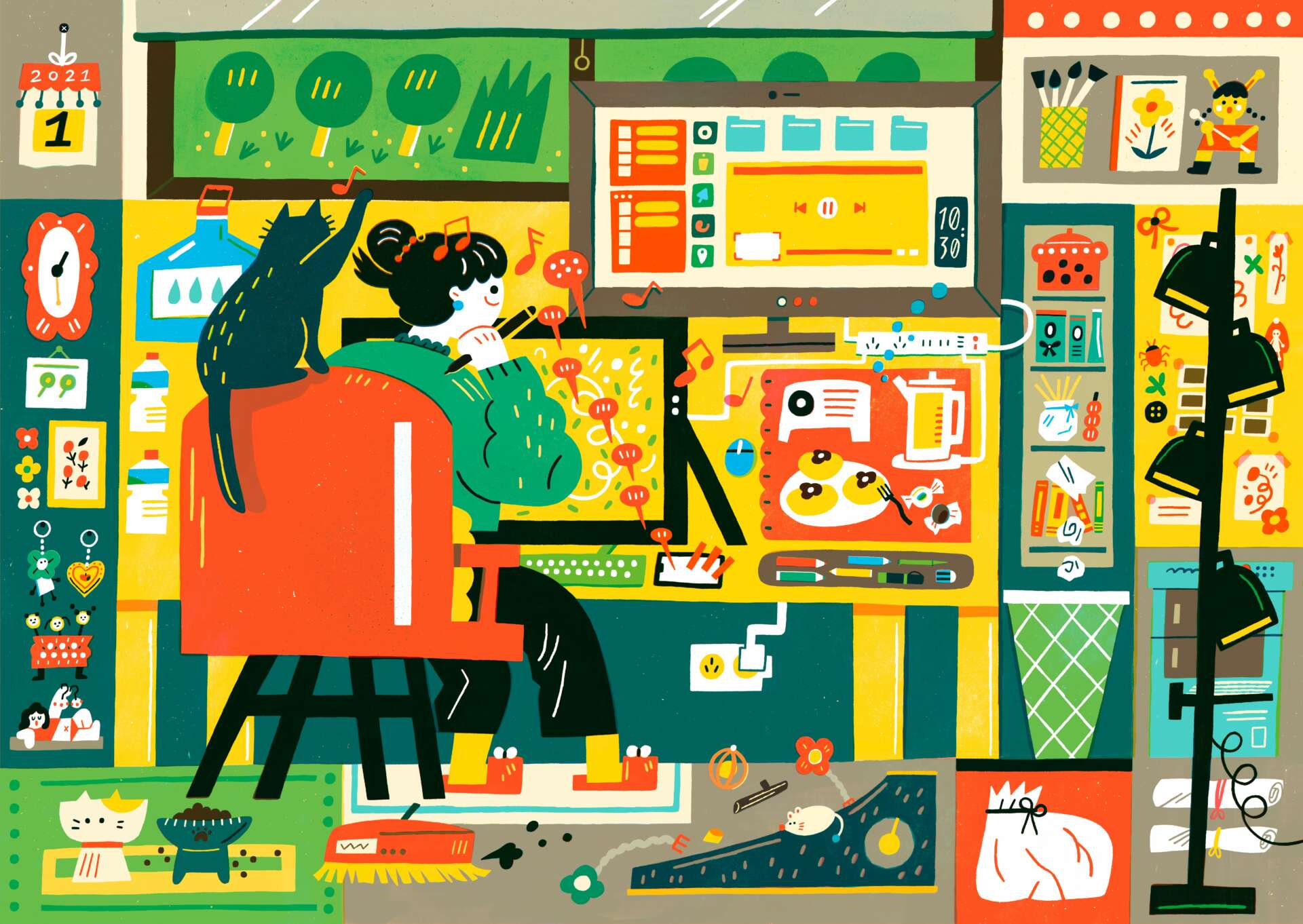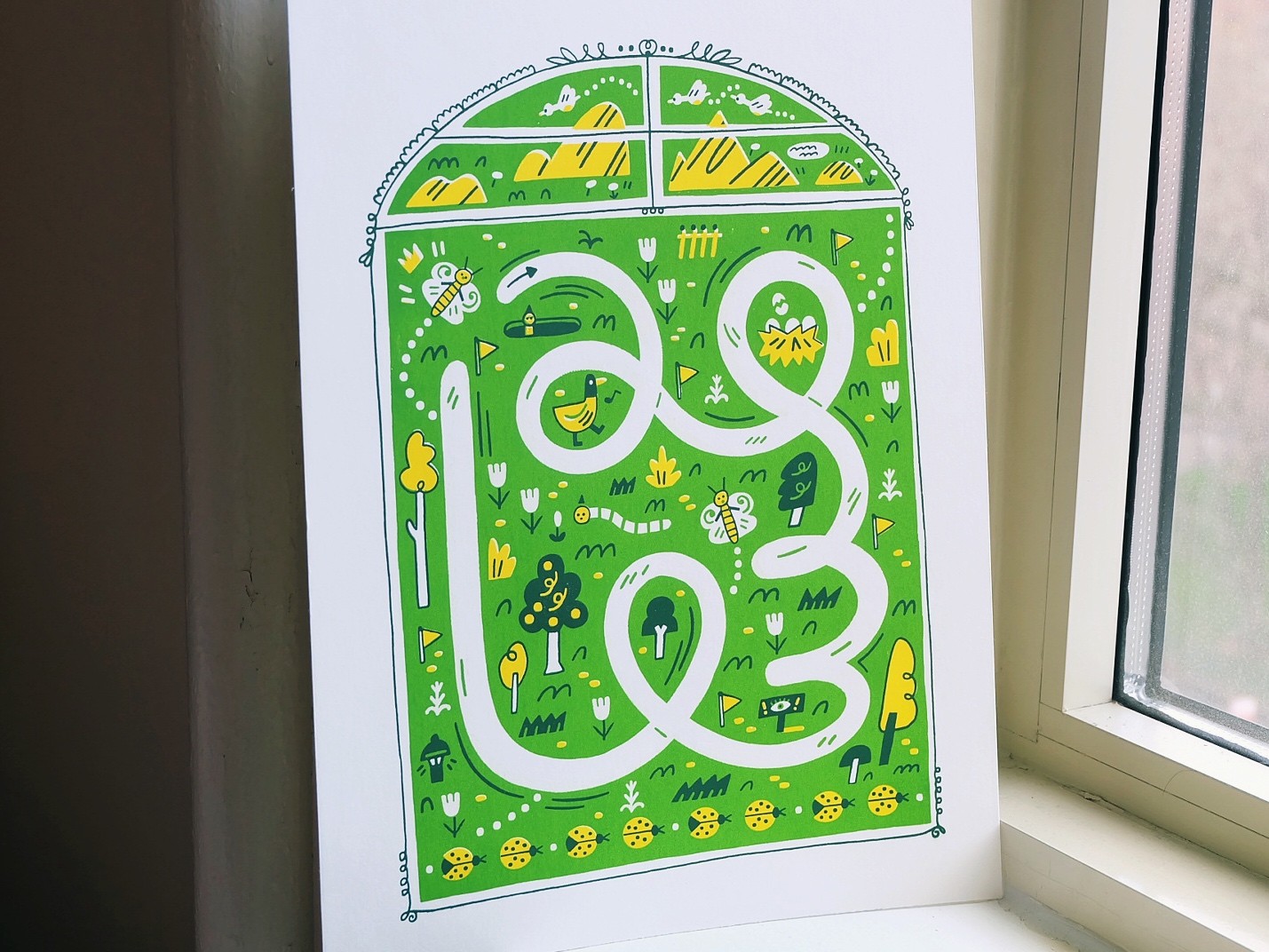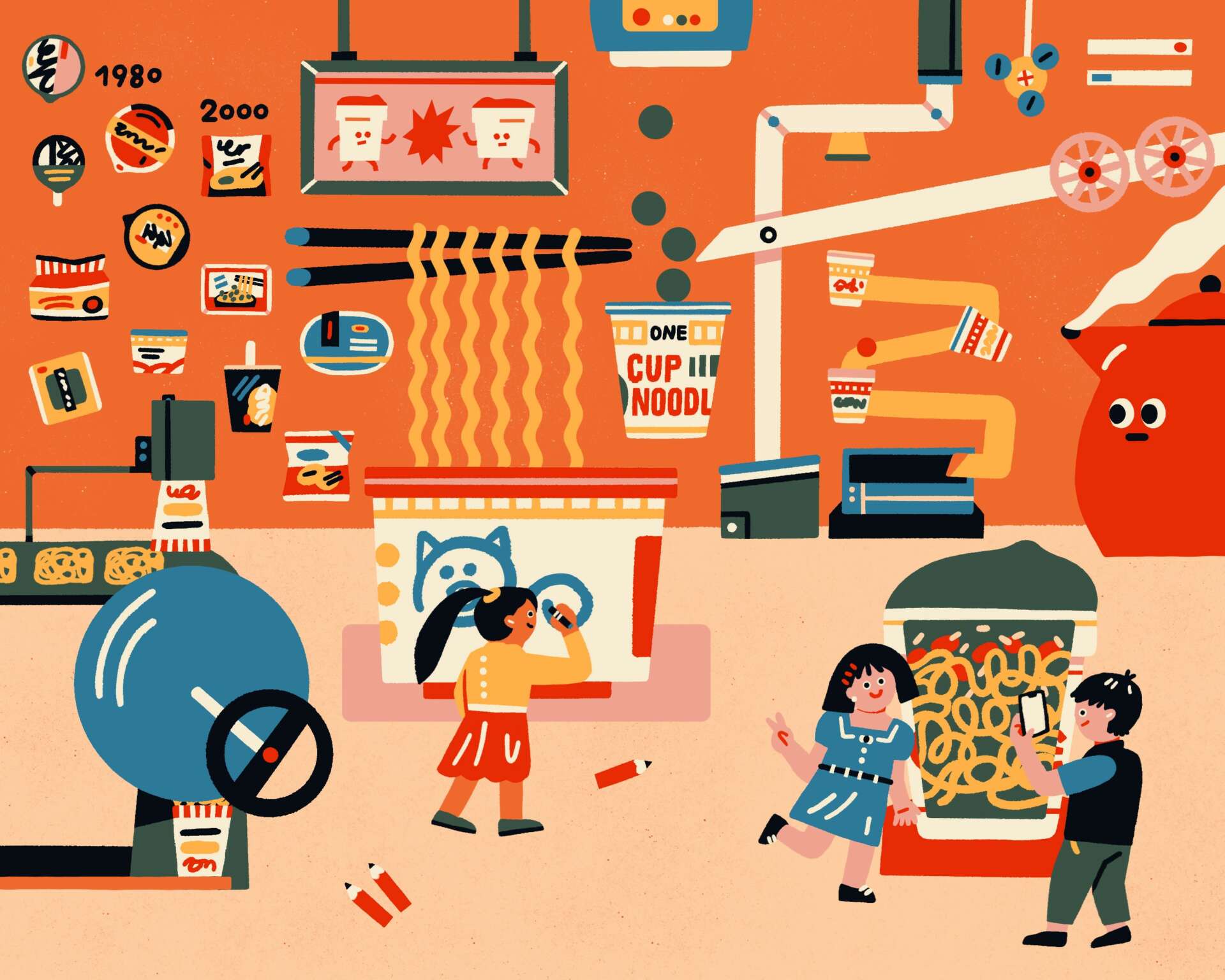We’re excited to introduce you to the always interesting and insightful Yiran Xia. We hope you’ll enjoy our conversation with Yiran below.
Yiran, appreciate you joining us today. Let’s jump right into how you came up with the idea?
We all crave a bit of decoration in our lives, like a gorgeous bouquet of flowers, to add color to our everyday surroundings. Yet deep down, what we really want to beautify is not just our physical space, but our weary souls worn down by the monotony of life. As an illustrator, I create a visual world that serves as an ornament for people’s emotions, injecting joy and fun into our daily struggles and worries. Whether it’s a scene of pigeons flocking through the streets of New York, a depiction of moldy vegetables, or a portrayal of lost socks, my goal is to convey the message that life, despite its mundanity, is a precious gift that deserves to be cherished. Through my bright, cheerful, and humorous creations, I aim to uncover the hidden charm of those perplexing moments and help people view life from a more beautiful perspective.


As always, we appreciate you sharing your insights and we’ve got a few more questions for you, but before we get to all of that can you take a minute to introduce yourself and give our readers some of your back background and context?
Hi! I’m Yiran Xia, an illustrator from China now based in New York. My visual language initially developed through digital graphic illustration, but I gradually expanded my creative horizons to include animation, pattern design, and print making. I am captivated by the subtle emotions of daily life and inspired by a wide range of lifestyle themes. I firmly believe in the power of vibrant colors, playful shapes, and storytelling. I am deeply committed to bringing my electronic art to life as tangible objects, so my main focuses now are pattern design, product design, and self-publishing. Currently, I work in a home decoration brand as a product designer, where I enjoy exploring the interplay between ideas, seasons, colors, shapes, textures, materials, and customers’ perceptions.


Can you tell us about a time you’ve had to pivot?
After graduating from school, I faced the most challenging and confusing time of my life. I was uncertain about my future career path, and I oscillated between freelancing and working full-time. I struggled to find jobs that could support my living expenses, and for eight months, I tried my hand at everything in my field. From social media layout design to editorial illustration, coloring other artists’ work, and even making soap for a handmade soap brand. I used all the skills I gained in school haphazardly to prove to myself that I could do it. Despite this, I missed out on opportunities that I had always hoped for. I even started learning animation and motion on my own and planned to go back to school for graduate studies.
Fortunately, failure always taught us valuable lessons, and after being rejected from a well-known company, they offered me a freelance project, which opened up more opportunities for me. After a series of ups and downs, I eventually landed my current job. Looking back, even it seems like I am still on the original track, I feel like I was making disparate decisions every day during that period, and my journey is so different from most freelance illustrators. Although I’m still unsure whether to pursue freelancing or become a full-time designer, I’m confident that my experiences will guide me towards the right path that aligns with my heart.


Is there something you think non-creatives will struggle to understand about your journey as a creative?
One misconception that non-creatives may have about the creative industry is the extent of creative freedom. Although the amount of freedom varies depending on the type of creative work, in fields that have outputs, the core is always being balancing creativity and reality.
Product design is a good example. Often, there is no perfect product in the eyes of the consumer, perhaps they are not happy with the color, material, design, price, or creativity of the product. However, designers must take the difficulty of factory production, the price of materials, the cost of printing multiple colors, and the preferences of consumer groups into consideration, therefore the design can be subjected to great limitations. For instance, to cut costs, a t-shirt may only use two colors instead of a full color printing.
Similar challenges occur in animation production, advertising, and children’s book illustration, which may not be evident to people outside the industry. However, we strive to create the best possible design within the given constraints, and the process of overcoming realistic obstacles can be the most stimulating challenge.


Contact Info:
- Website: https://www.yiranxia.com/
- Instagram: https://www.instagram.com/yvonnnnexia_/
- Linkedin: https://www.linkedin.com/in/yiranxia/
- Other: Behance: https://www.behance.net/yiranxia


